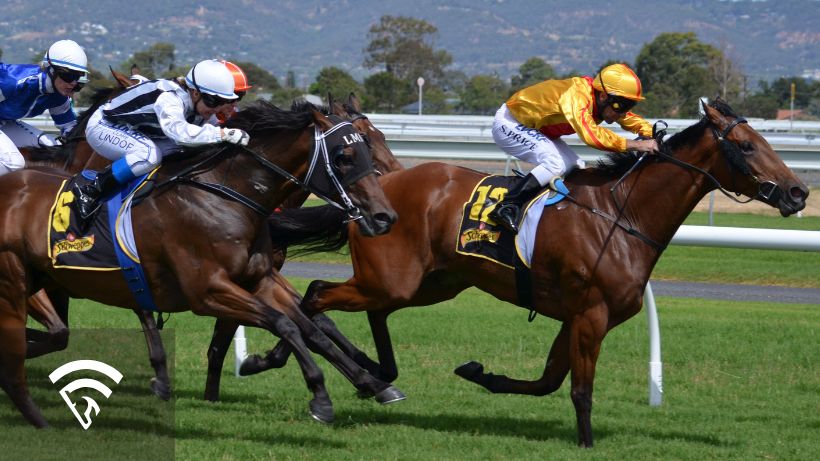What is a 3-Year-Old in Horse Racing?
A 3-year-old in horse racing is a Thoroughbred (or another racing breed) in its third year of life, often viewed as the prime age for achieving breakout performances on the track. Many prestigious races—such as the Kentucky Derby, Preakness Stakes, and Belmont Stakes in the United States—are restricted to 3-year-olds, making this a highly anticipated season for owners, trainers, and bettors. For many horses, their 3-year-old campaign marks the moment they transition from promising juveniles into serious contenders, with career-defining opportunities at major events.
Why Are 3-Year-Olds Important?
-
Signature Races
- The Triple Crown series, among other notable derbies and stakes, is exclusive to 3-year-olds, placing them in the spotlight for some of the sport’s most prestigious events.
-
Physical and Mental Growth
- By this age, horses begin to mature physically and mentally, often balancing the raw potential seen at two with more consistent racing form.
-
Breeding and Market Value
- Success during a 3-year-old campaign can skyrocket a horse’s value, particularly for colts who may later stand at stud and fillies or mares who enter breeding programs.
-
Fan Engagement
- The journey of 3-year-olds, especially during the spring and early summer, generates significant excitement among casual fans and dedicated handicappers alike.
Challenges and Opportunities for 3-Year-Olds
-
Balancing Speed and Stamina
- Trainers must determine whether a horse is best suited for sprinting, middle-distance, or classic-distance races during a pivotal growth phase.
-
Managing Growth Spurts
- While no longer as physically raw as two-year-olds, some 3-year-olds still fill out and strengthen through this season, which can affect training regimens and race placement.
-
Increased Competition
- Horses that dominated juvenile ranks may face stiffer challenges from late-developing peers or new stars emerging on the scene.
-
Preventing Burnout
- With major races often clustered in a short time frame, strategic planning helps avoid over-racing and keeps a horse fresh for peak performances.
Tips for Evaluating 3-Year-Olds
-
Compare Juvenile Form
- Horses that showed promise as two-year-olds might continue improving, but watch for those who plateau or regress under tougher conditions.
-
Analyze Pedigree Suitedness
- Look for bloodlines known for excelling at classic distances (around 1¼ miles) if you’re handicapping major derbies and stakes events.
-
Trainer Patterns
- Some barns specialize in prepping 3-year-olds for big races, carefully managing their progression from maiden contests to stakes company.
-
Monitor Weight and Conditioning
- With more substantial purse money and heavier stakes involvement, ensuring a 3-year-old carries weight effectively—and recovers between races—can be crucial.
Keeping up with the dynamic progression of 3-year-olds is integral to successful handicapping. EquinEdge, an AI-driven handicapping platform, can help bettors filter through past performances, pace scenarios, and race conditions to spot key trends and emerging stars. Whether you’re following the Triple Crown trail or diving into other seasonal stakes, EquinEdge’s data-driven insights support more confident wagering on the sport’s most exciting generation of racehorses. Sign up for EquinEdge to get started.
